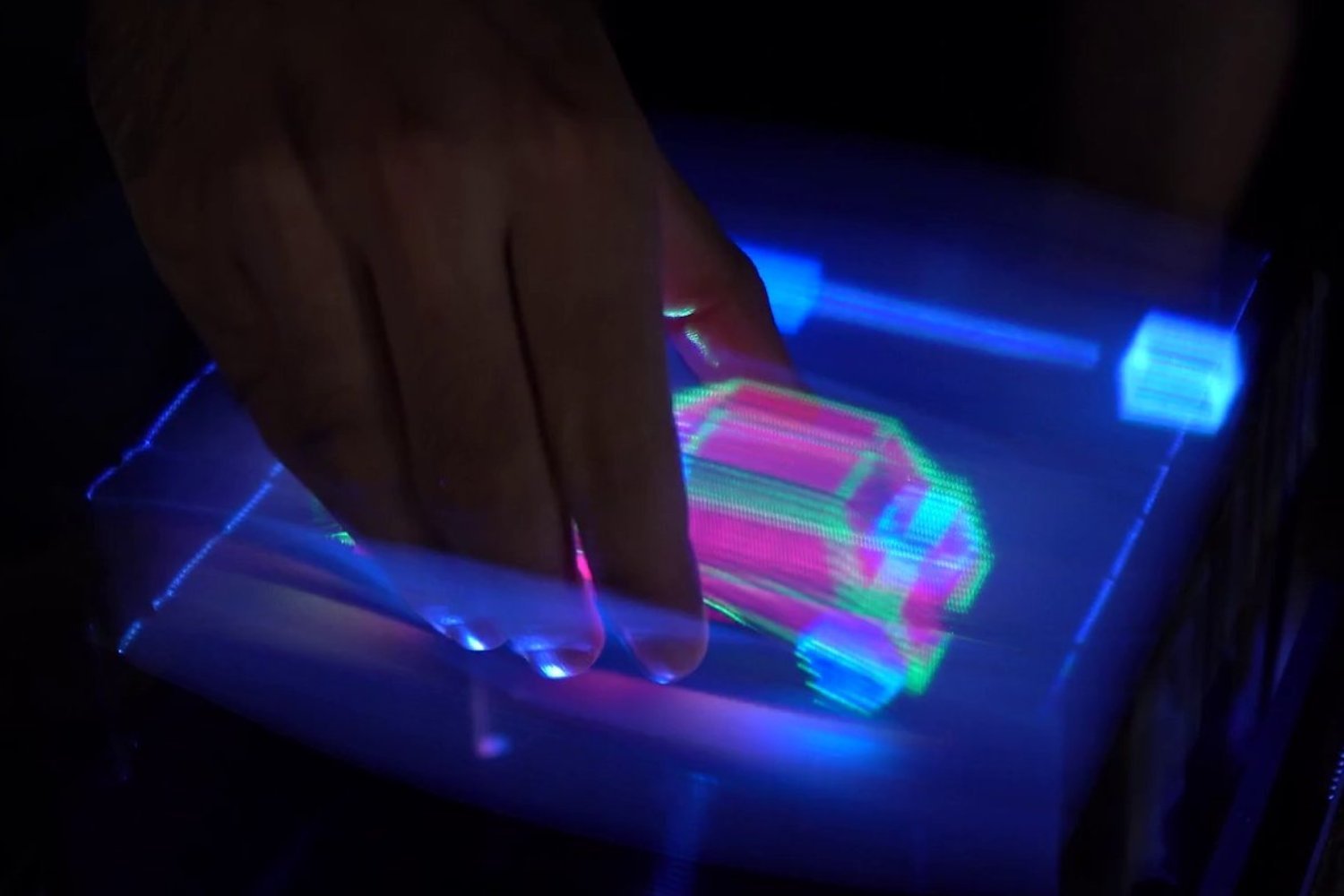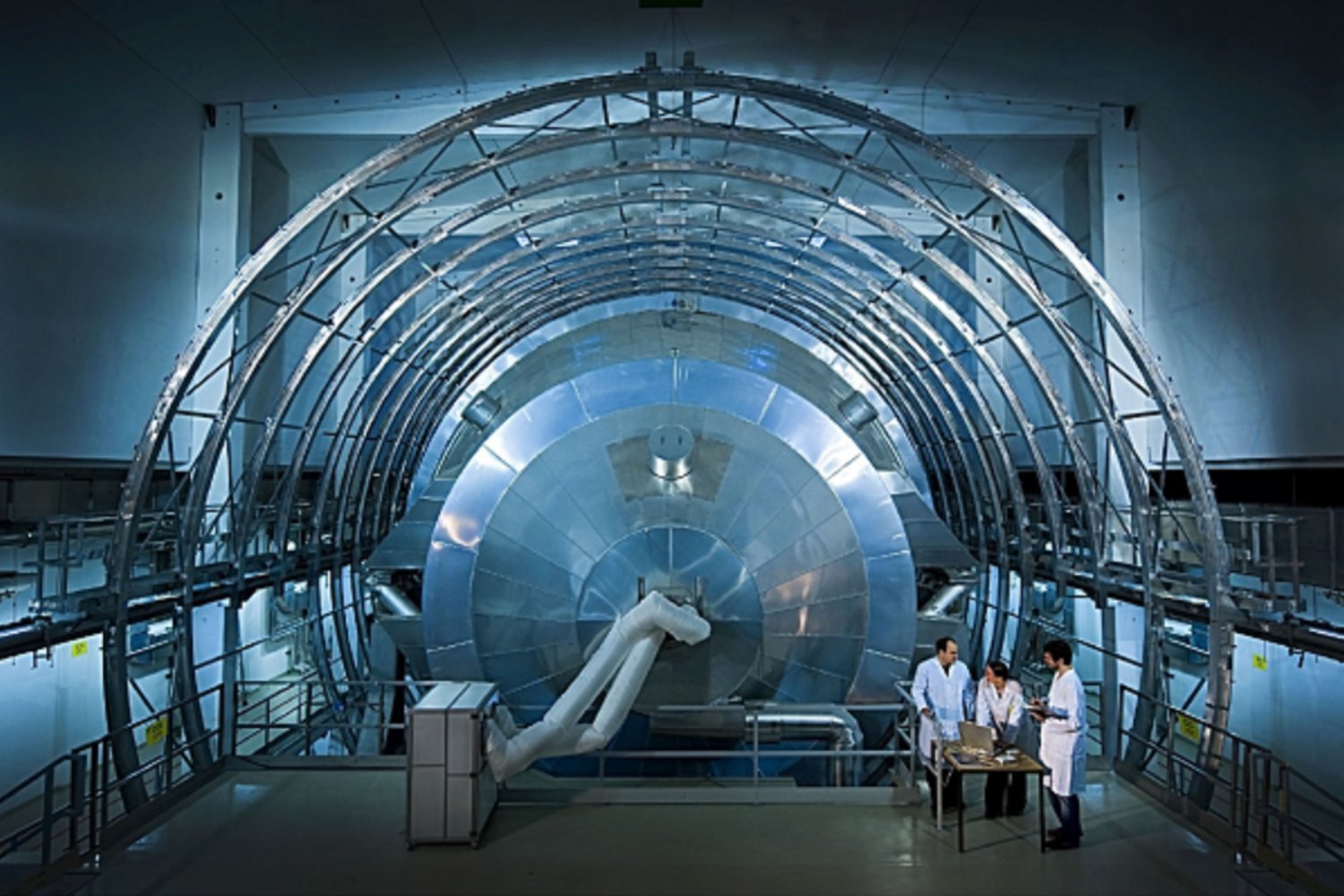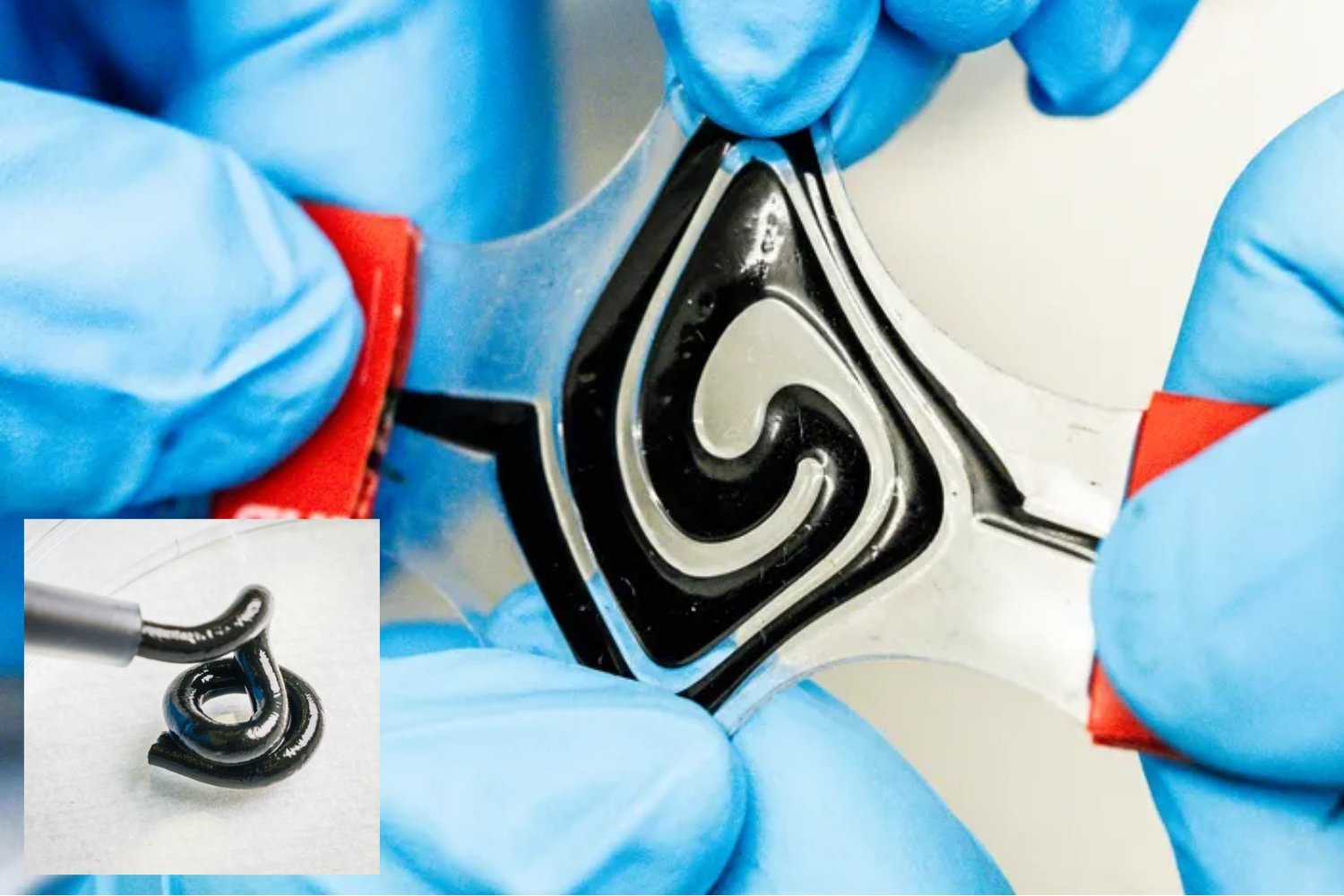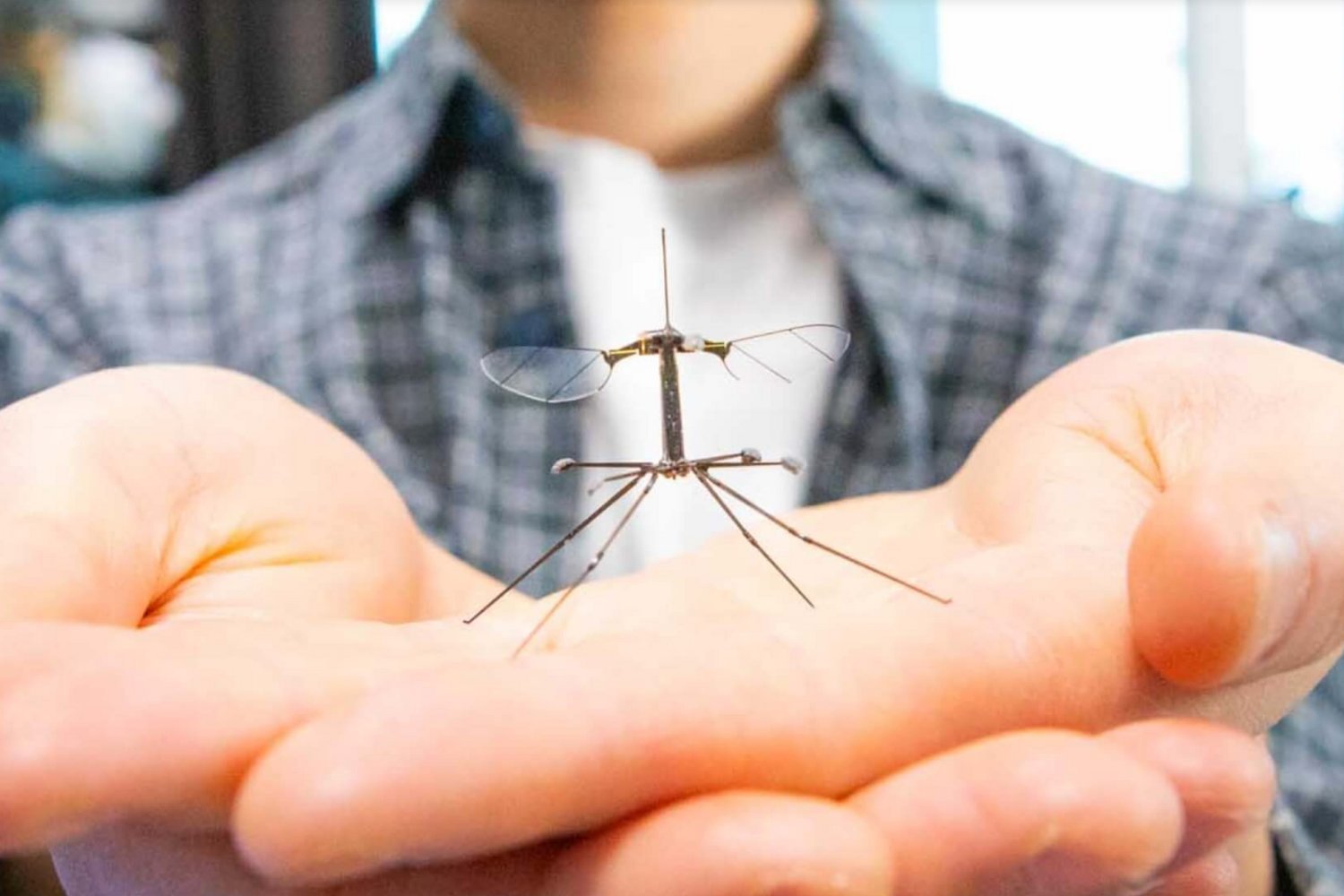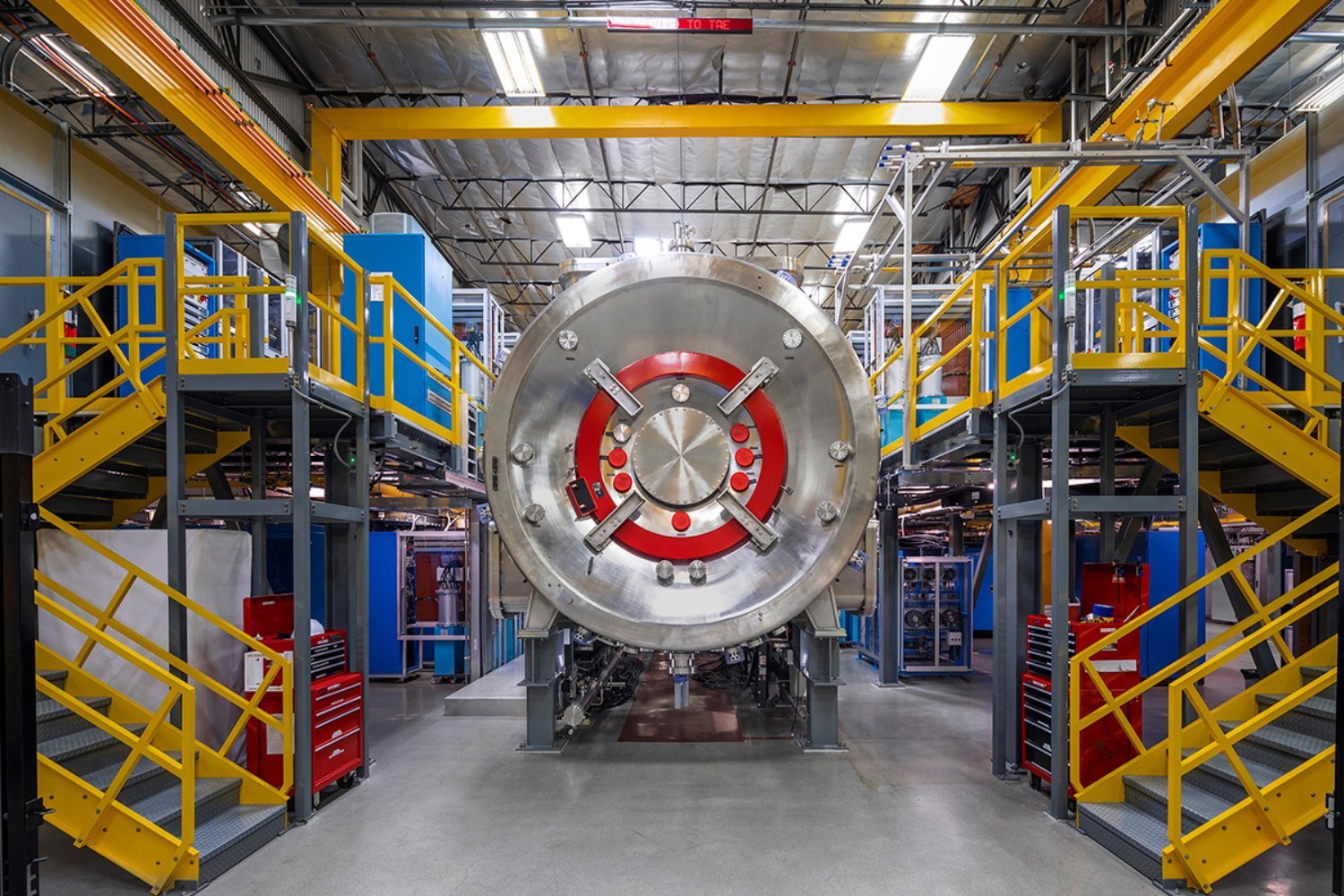Maple syrup, a Canadian staple often dubbed “liquid gold,” has long been a target for fraudulent activities like dilution or substitution due to its high value and demand. Recent trade tensions, including potential US tariffs, exacerbate this issue, raising concerns about increased adulteration and its impact on consumers and the industry. This article explores the connection between tariffs and food fraud, focusing on maple syrup, and examines how innovative technologies like fluorescence spectroscopy and AI can combat this growing problem.
The threat of increased tariffs on Canadian goods by the US, particularly maple syrup, creates economic instability and incentives for fraudulent practices. Canada, and specifically Quebec, dominates global maple syrup production, exporting a significant portion to the US. Tariffs disrupt this trade flow, potentially leading to price hikes and supply shortages, creating a ripe environment for fraudsters to capitalize on market vulnerabilities.
Food fraud, driven by economic gain, involves misrepresenting food products through substitution, dilution, or mislabeling. It’s a multi-billion dollar industry with serious consequences, impacting consumer health, brand reputations, and the livelihoods of legitimate producers. Historically, economic downturns, pandemics, and supply chain disruptions have fueled food fraud, and the potential tariffs present a similar risk.
Several methods exist for testing maple syrup authenticity. Traditional methods like measuring Brix degrees (sugar content) have limitations, especially with unconventional adulterants. As fraud techniques evolve, more sophisticated approaches are needed. Non-targeted analytical methods, such as fluorescence spectroscopy, offer a promising solution.
Fluorescence spectroscopy analyzes how molecules within maple syrup glow when exposed to UV and visible light, creating a unique “fingerprint.” These fingerprints can be compared to a reference library of authentic maple syrup profiles to identify adulterants. Recent research at the University of Guelph’s Corradini Lab has demonstrated the effectiveness of this technique.
The Guelph study focused on adulteration of amber and dark maple syrups with common substitutes like beet, corn, and rice syrups. By mapping distinctive features in the fluorescence fingerprints, researchers could differentiate pure from adulterated syrups. The changes in fluorescence depended on the type and amount of adulterant.
The application of AI and machine learning significantly enhances the accuracy of fluorescence fingerprinting. AI can analyze multiple fluorescent features simultaneously, identifying adulterants at levels as low as two percent with accuracy ranging from 75 to 99%. This represents a significant improvement over traditional methods.
Expanding the fluorescence fingerprint reference library, however, is crucial for refining AI models and accounting for factors like environmental conditions, geographic origin, and processing methods that might influence the maple syrup’s fluorescence.
![]() The Conversation
The Conversation
In conclusion, the threat of increased US tariffs on Canadian maple syrup raises the risk of fraudulent activities. The combination of fluorescence spectroscopy and AI offers a powerful tool to combat this threat, ensuring the authenticity and quality of maple syrup for consumers while protecting the integrity of this iconic Canadian product. Continued research and development in this area will further strengthen our ability to detect and prevent maple syrup fraud in a rapidly changing global market.




